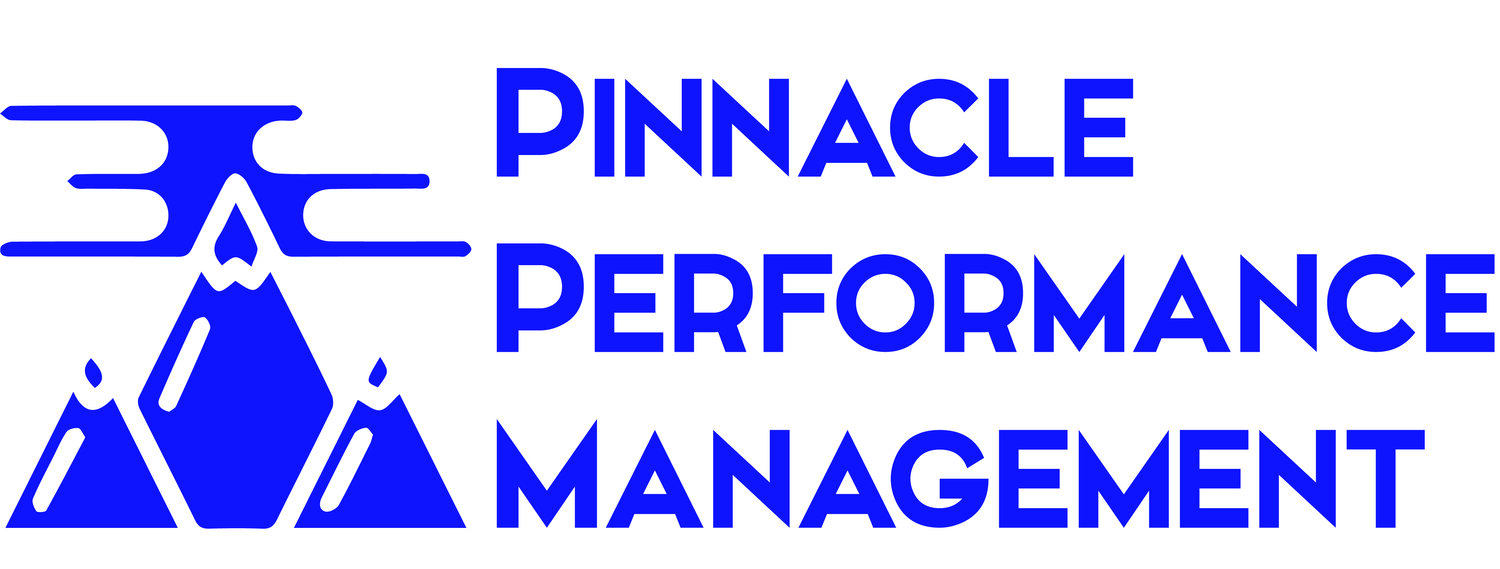Rising to the Occasion: Leadership in Emergency Management
Lead rock face climbing
The recent smog from wildfire smoke elevated dangerous air quality levels not experienced since the 1960s in NYC and created a sense of pending doom in the City. More chaos and uncertainty is on the horizon, with more frequent and extreme heat levels expected, and more severe storms, whether hurricanes or Derechos, cybersecurity breaches and attacks, and increasing risk factors from AI (more on this soon).
A comparison of NYC to images from the dystopian film Bladerunner 2049
A recent article from the NY Times, Did N.Y. Leaders Leave Residents Unprepared for the Air Quality Crisis? highlights some potential gaps, although to be fair, the press always shines a bright light on government deficiencies, and misses work going on in the background. What we do know is that given this unpredictable environment full of new and unknown hazards and threats, we know that "Every Day is Game Day". Emergency managers at all levels need to be adaptable and prepared to rise to the levels to meet public expectations. Rather than shrug off responsibility, this is where emergency managers need to jump into the fray.
Role of Leadership in Emergency Management
Leadership is a critical component of emergency management. In moments of crisis, the demand for strong, effective leadership expands. When disaster strikes, communities and organizations look to their leaders for guidance, reassurance, and decisive action. The unique nature of emergencies, their unpredictability, the chaos they can bring, and the need for swift responses, challenges the traditional paradigms of leadership.
A leader in emergency management needs to coordinate response efforts, make quick decisions with limited information, communicate effectively with diverse stakeholders, and manage resources wisely. Let's walk through some of these components.
Collaboration and Coordination
Most emergency management agencies are small in comparison to other government agencies. The NYC Emergency Management Dept. has a little over 100 staff, while NYPD has over 50,000 staff including officers; FDNY has 16,000; and NYC Health has over 2,000 staff. With limited staff, emergency management agencies play a largely coordinating role. Complex and novel emergencies require a collective response from multiple agencies and organizations, and emergency management can help play a crucial role in facilitating this coordination. This requires building and maintaining robust relationships with other agencies and partner organizations in the for-profit, non-profit, and educational worlds, understanding their capacities, and knowing when and how to engage them.
Decision Making
In an emergency, making decisions becomes more complex due to factors like limited time, high levels of uncertainty, limited resources (at the start), and the potential for unforeseen consequences. Despite NYCEM's preparations for other disasters such as nuclear attacks, there was a lack of planning for an air quality crisis. Air quality crises are not included in most plans, especially those on the East Coast. There are plans for toxic gas leaks and similar incidents, but the scenarios have limited geographic coverage and time duration. States like California have experienced similar events, and New York leaders could have quickly "got on the horn" to learn from their past experiences and apply their lessons learned. This incident highlights the importance of emergency leaders being proactive and preparing for a wide range of possible scenarios, even those that may seem unlikely.
Leaders in emergencies are tasked with making decisions that can have immediate and profound impacts on the health, safety, and wellbeing of the community. The article suggested that high-quality masks might have been more widely distributed in advance and in more targeted ways, such as to areas of the City with higher rates of asthma. This underlines the importance of having a well-planned strategy for resource allocation that focuses on vulnerable populations during emergencies. Hence, senior leaders must be able to take calculated risks, using limited knowledge and leveraging the expertise of others, and get the sign-off to move quickly to deploy vital resources.
Communication
Effective communication is another key aspect of leadership in emergency management. The article cites criticism for not quickly and effectively communicating the severity of the air quality crisis to residents. This underscores the need for immediate, clear, and decisive communication that is coordinated at all levels in an emergency. The article sites that health advisors recommended the implementation of early warning systems for risks like wildfire smoke, similar to those in place for coastal storms. This lesson emphasizes the need for predictive and preventative measures in emergency management. Clear, accurate, and timely information from multiple, trusted sources can save lives and resources during an emergency.
It is paramount to get our in front of a situation and actively engage with the public to alleviate fears, manage expectations, and guide behavior before and during emergencies. Leaders must be adept at communicating to diverse audiences, including affected communities, diverse agency leads, media, and other stakeholders.
Adaptability and Learning
Leaders in this field must be flexible and ready to adapt their strategies based on the evolving situation. Emergencies can create situations that are unfamiliar and unpredictable, requiring a high degree of adaptability. Moreover, post-event debriefing and learning from previous experiences are also critical components of effective leadership.
Final Word
Leadership in emergency management is about more than just being in charge, it's about making critical decisions under pressure, communicating effectively, collaborating with others, and being adaptable in the face of uncertainty. As the nature and frequency of emergencies continue to evolve, so too will the demands placed on our leaders. By prioritizing the development of these key leadership skills, we can better prepare for whatever challenges lie ahead.


